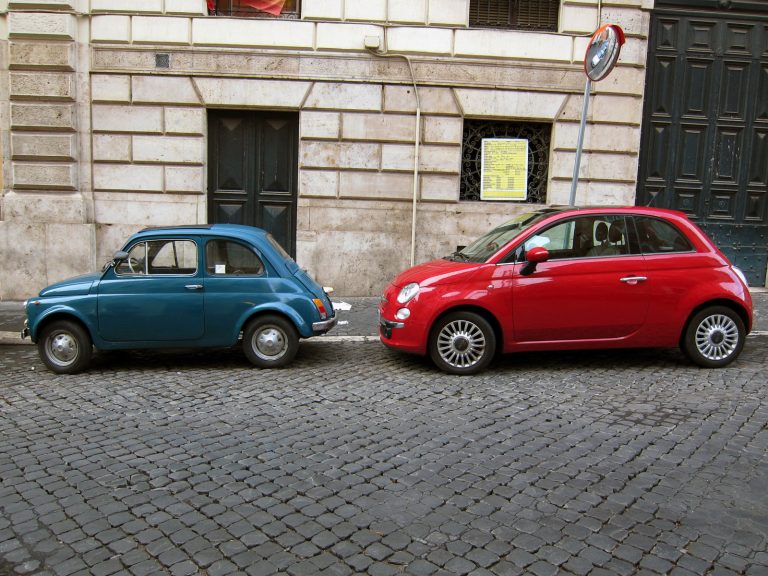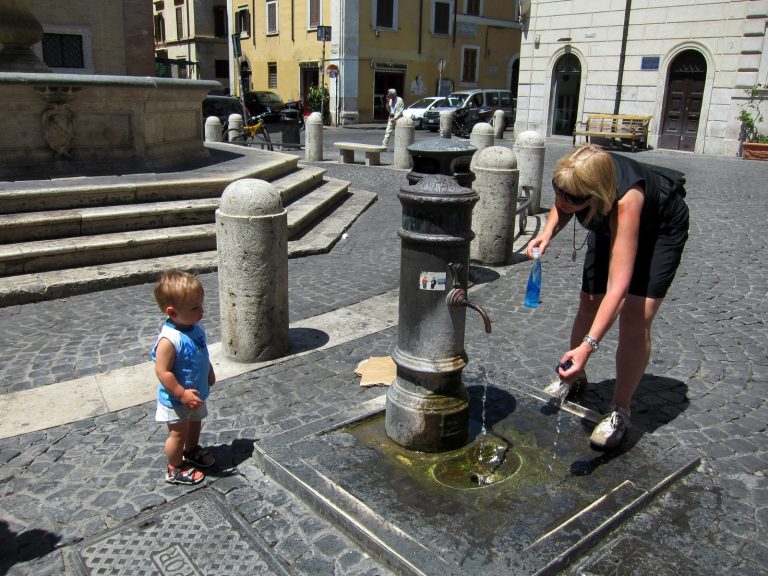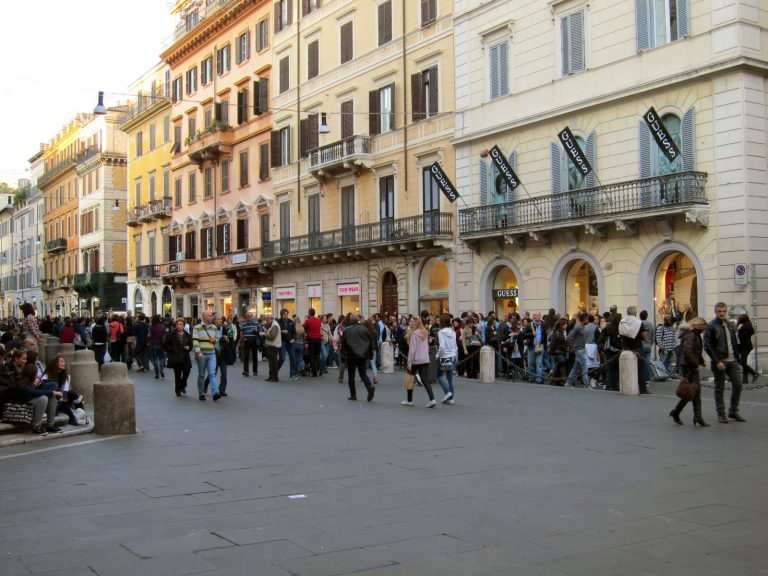 On a dark night in 1585, an ornate carriage was crossing the Piazza San Pietro. The cadence of the horses and the carriage wheels were a comfort to his holiness Felice Peretti di Montalto, Pope Sixtus V. He was on his way back to his Vatican apartments when his peaceful thoughts exploded as a carriage wheel tumbled into a large rut in the street. The wheel wobbled. The carriage rocked with such a force it almost threw the Pope into the street. “Che cazzo”, he yelled from the back of the cab as he straightened out his vestments and banged on the carriage door with his redoubtable staff, ready to knock a melon or two to appease his anger.
On a dark night in 1585, an ornate carriage was crossing the Piazza San Pietro. The cadence of the horses and the carriage wheels were a comfort to his holiness Felice Peretti di Montalto, Pope Sixtus V. He was on his way back to his Vatican apartments when his peaceful thoughts exploded as a carriage wheel tumbled into a large rut in the street. The wheel wobbled. The carriage rocked with such a force it almost threw the Pope into the street. “Che cazzo”, he yelled from the back of the cab as he straightened out his vestments and banged on the carriage door with his redoubtable staff, ready to knock a melon or two to appease his anger.
Actually, the event isn’t well recorded and even though Sixtus V was known to have a quick and on occasion, violent temper, all we know of this particular incident is that he entrusted the Vatican maintenance staff to fix the street.
The Vatican artisans and tradesmen were known as ‘sampietrini (or sanpietrini), little Saint Peters, the children of Saint Peter who would look after his church and his legacy. They decided to pave the road with the small square stones that had become popular in northern Europe. They employed the services of the selciaroli, the ancient guild of stonecutters to cover the Piazza San Pietro with cobblestones. As the legend states, every stone laid around the Vatican represented a soul saved by Saint Peter. The stones, like the caretakers of the church, were known as “sampietrini”, the children of St Peter. The name stuck.
By 1736, Pope Clement VIII Corsini began covering all the streets of city with sampietrini. By the time of the Italian Unification in 1870, most streets of Rome were covered with these cobblestones, cut and sized by hand and pounded into a compressed bed of sand and dirt.
The stone streets became as much a part of the city as the buildings, creating beautiful patterns of fans, herringbone, rainbows and geometric patterns. In the late 18th century, Rome was the most beautiful city in the world, from the top of the Ancient monuments to the Baroque buildings to the cobblestone streets.
 Towards the end of the 20th century, modern progress wasn’t very kind to the sampietrini. Stone streets, large trucks, motor scooters and trendy shoe fashions became a difficult coexistence.
Towards the end of the 20th century, modern progress wasn’t very kind to the sampietrini. Stone streets, large trucks, motor scooters and trendy shoe fashions became a difficult coexistence.
Vibrations of the stones under the weight of large trucks caused cracks and damage to the ancient monuments. The wet or oil stained volcanic stones proved to be a hazard to the almost half a million scooters in the city, and although the stones look beautiful, try walking on them for 4 or 5 hours.
In 2005, then Mayor, Walter Vetroni ordered the removal of sampietrini wherever possible, citing the damage to monuments, noise pollution, hazards to small two wheeled vehicles and complaints of pedestrians. There are still many who resist change of any kind but no-one would object to improving the traffic flow of the of the small streets overcrowded with cars.
One Italian magazine wrote that Rome, the city of La Bella Figura” is finally accommodating the high heeled fashions of the Italian women.

Roads with the most traffic were scheduled to be upgraded to larger, flatter stones embedded into a concrete foundation. They have a similar appearance to the old sampietrini but they are much easier on vehicle tires and the walking population. The Lungotevere roads along Tiber river and large avenues were altered. Main thoroughfares through the city like the Via del Corso and via Botteghe Oscure have all been altered.
In 2011, Mayor Gianni Alemanno announced plans to renovate the via del Corso with the new style of street stone. The streets from Piazza Venezia to Piazza Bocca della Verità (including via del Teatro Marcello and Via Luigi Petroselli) are also paved with the new stones and many more heavily traveled areas are slated for the upgrade.
The small neighborhood pedestrian streets will always keep their old sampietrini, so will the tourist locations like Piazza Venezia, Piazza Navona, Piazza della Rotonda, Piazza di Spagna and of course the Vatican, where the first stones were laid in the 16th century. The age old job of the selciarolo, the stone cutters who still cut and fit the small by hand are not really in danger. Most of the city is still covered with them. The original stones were quarried from Monte Comparti, near Frascati, but these mines closed down in the 1980’s. The stones, like many other things these days, come from China. Yes, its sad they are not truly Italian, but they are cheaper and more accessible. If you have the opportunity to see a selciarolo working on one of the streets in Rome, stop and watch him for a few moments. He is doing the job the same way it has been done since the 15th century. It’s pretty amazing.
Sampietrini, by the way, is only used in Rome. In Bologna the stones are called Bolognini, in Venice they are Salizzade and in many other Italian cities they are referred to as Selciati.
The foundation of Rome is changing. I must admit I do love the old sampietrini stones, but after walking on them for a few hours, my feet are always happy when they turn onto a street with large flat stones.
Pingback: Frommer’s Northern Italy: Venice, Milan and the Lakes (Frommer’s Complete Guides) · WWW.MINFOWIZ.COM